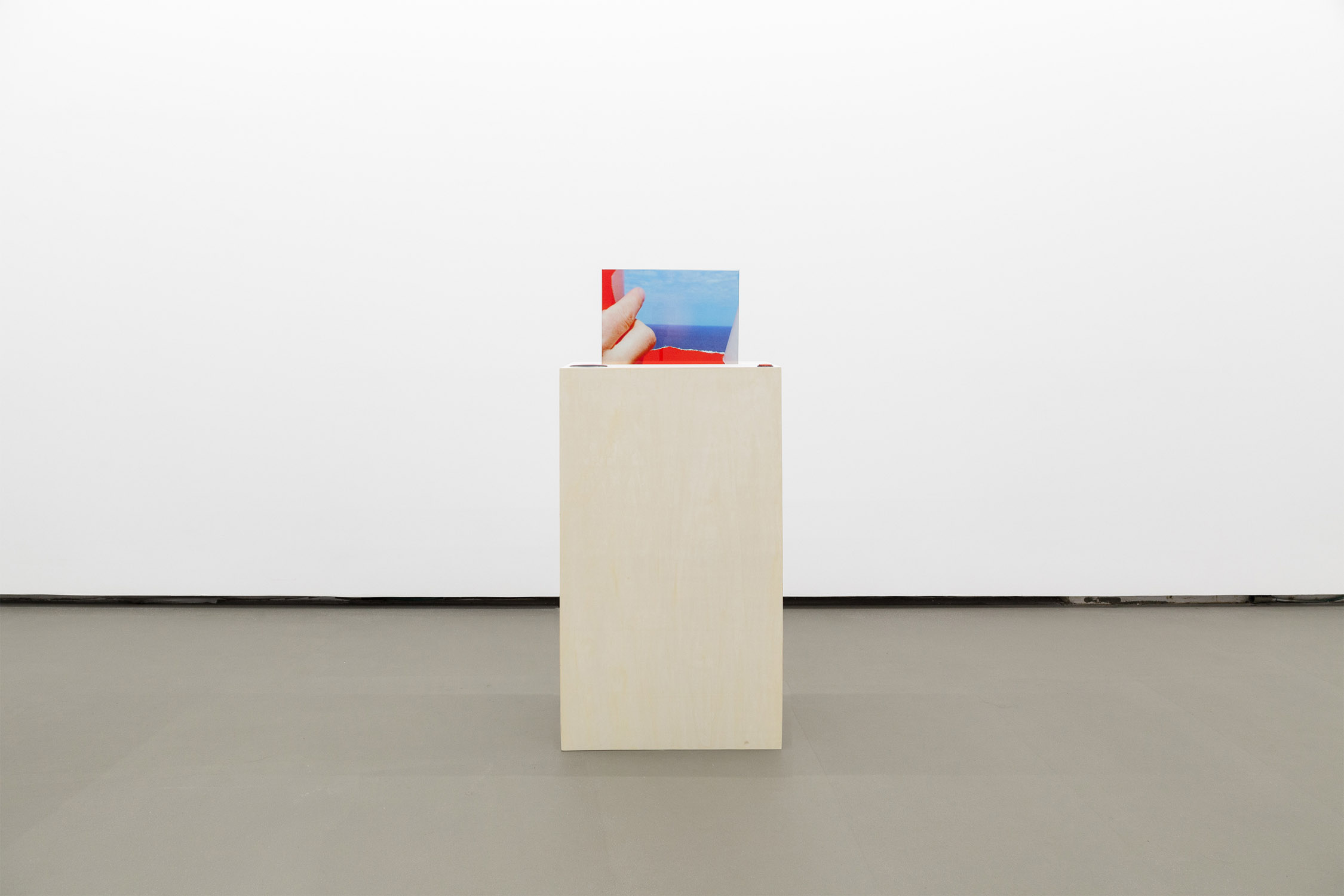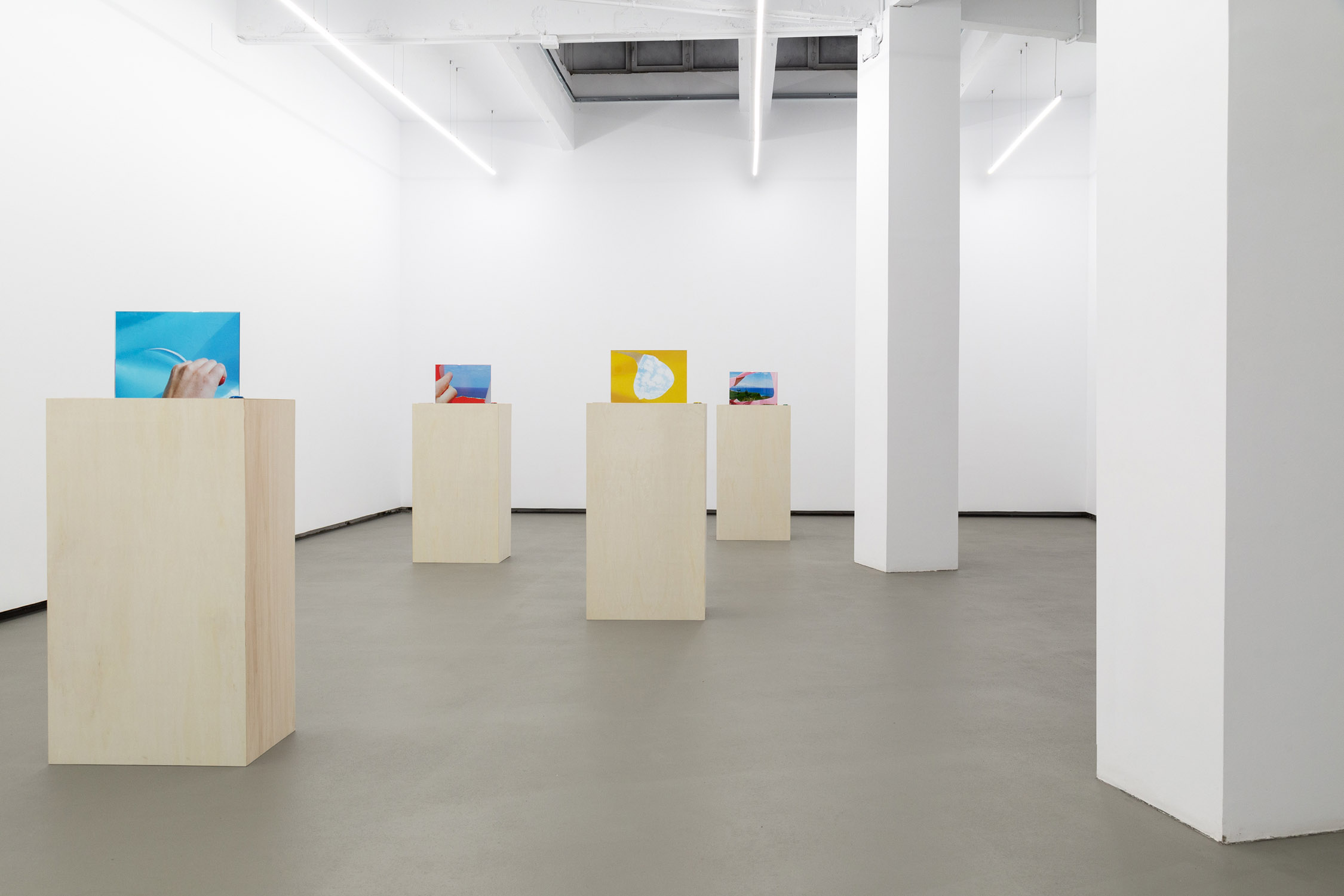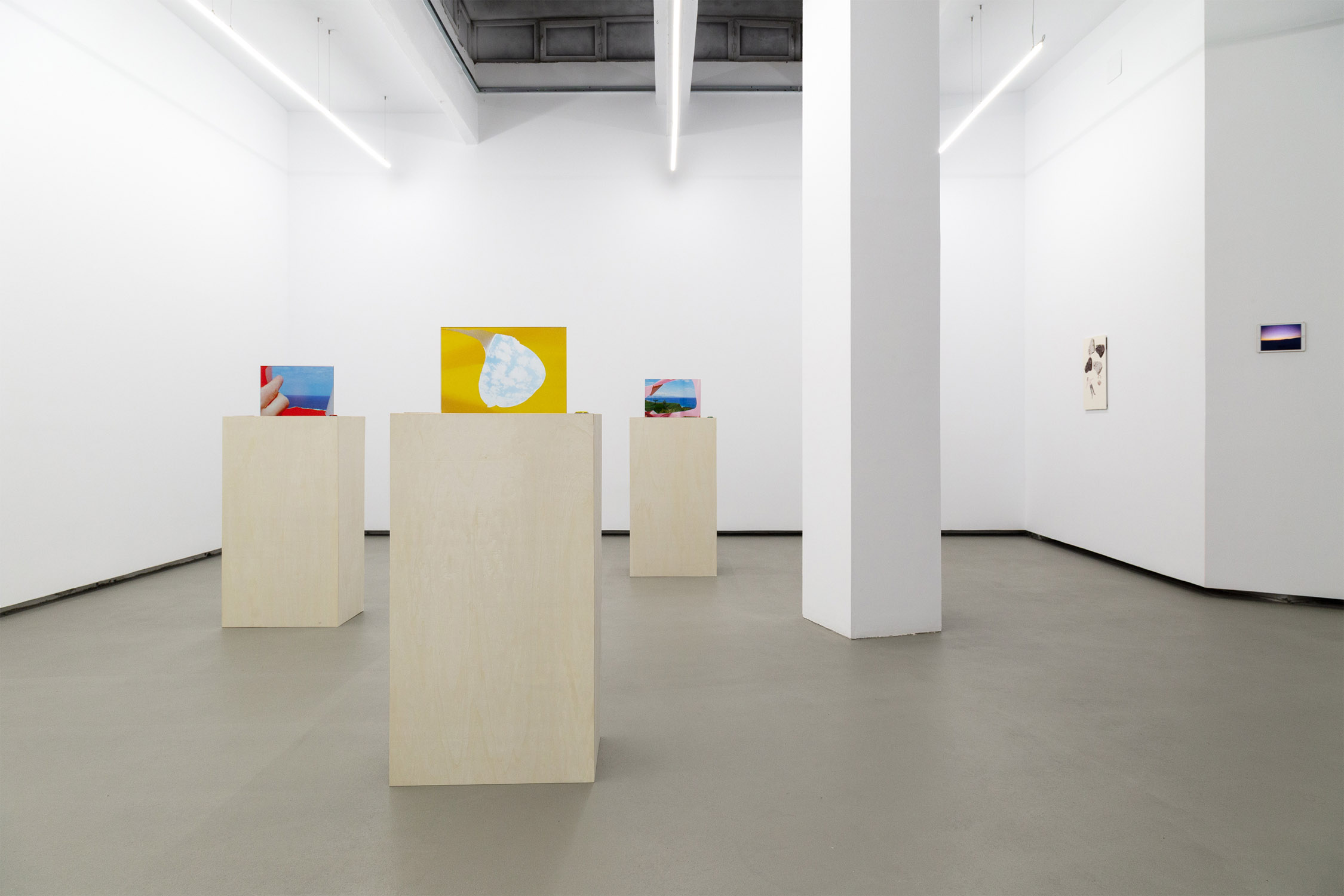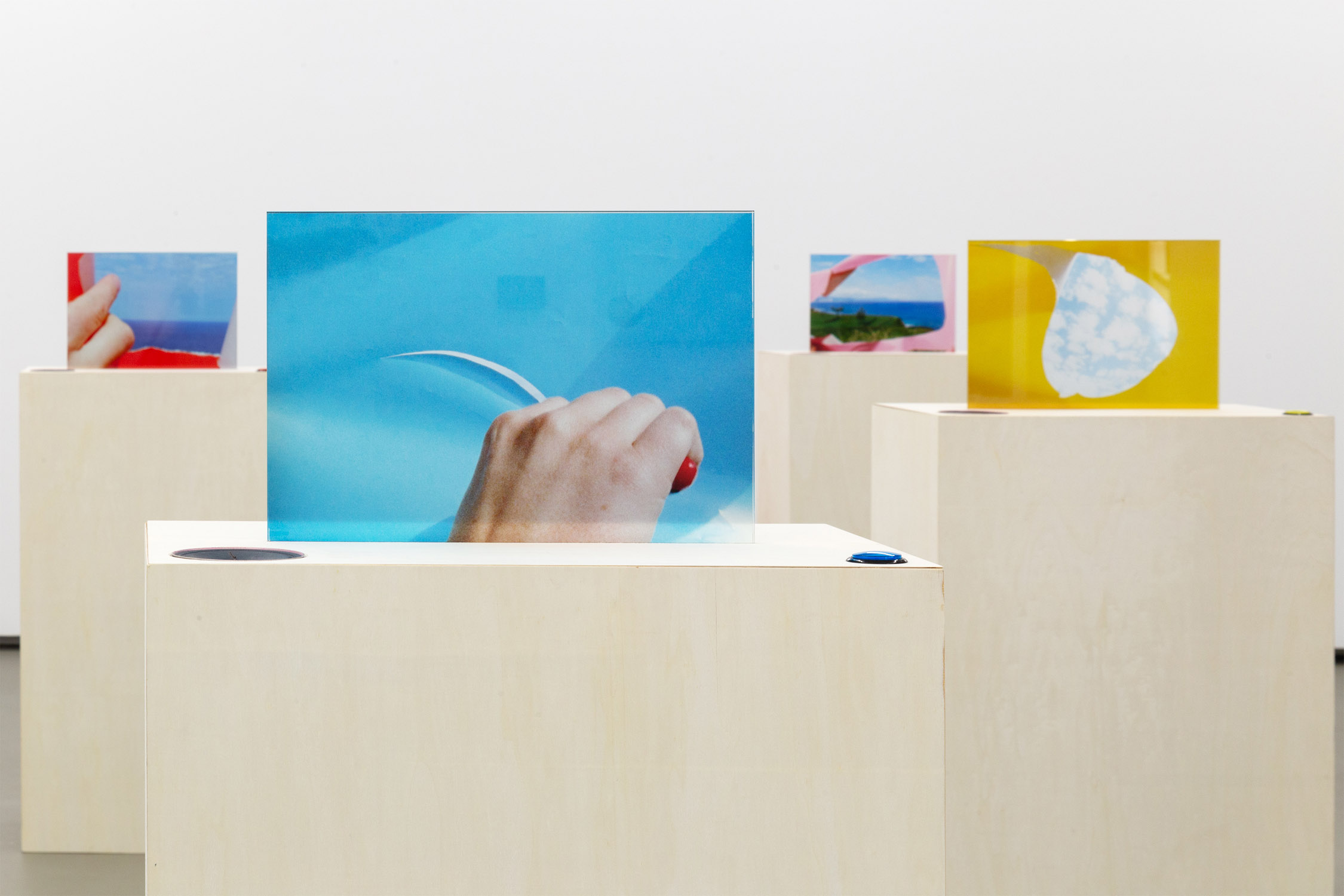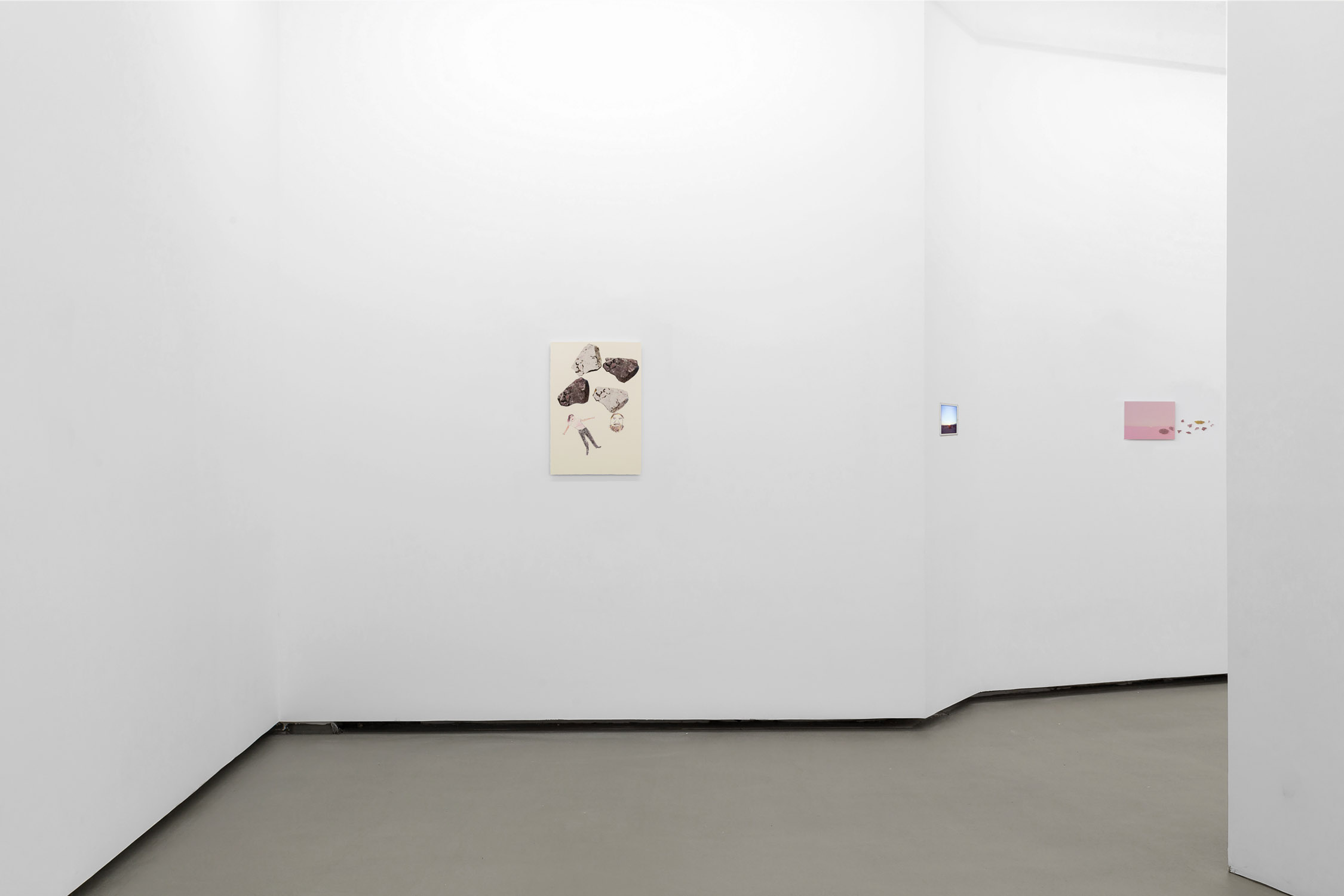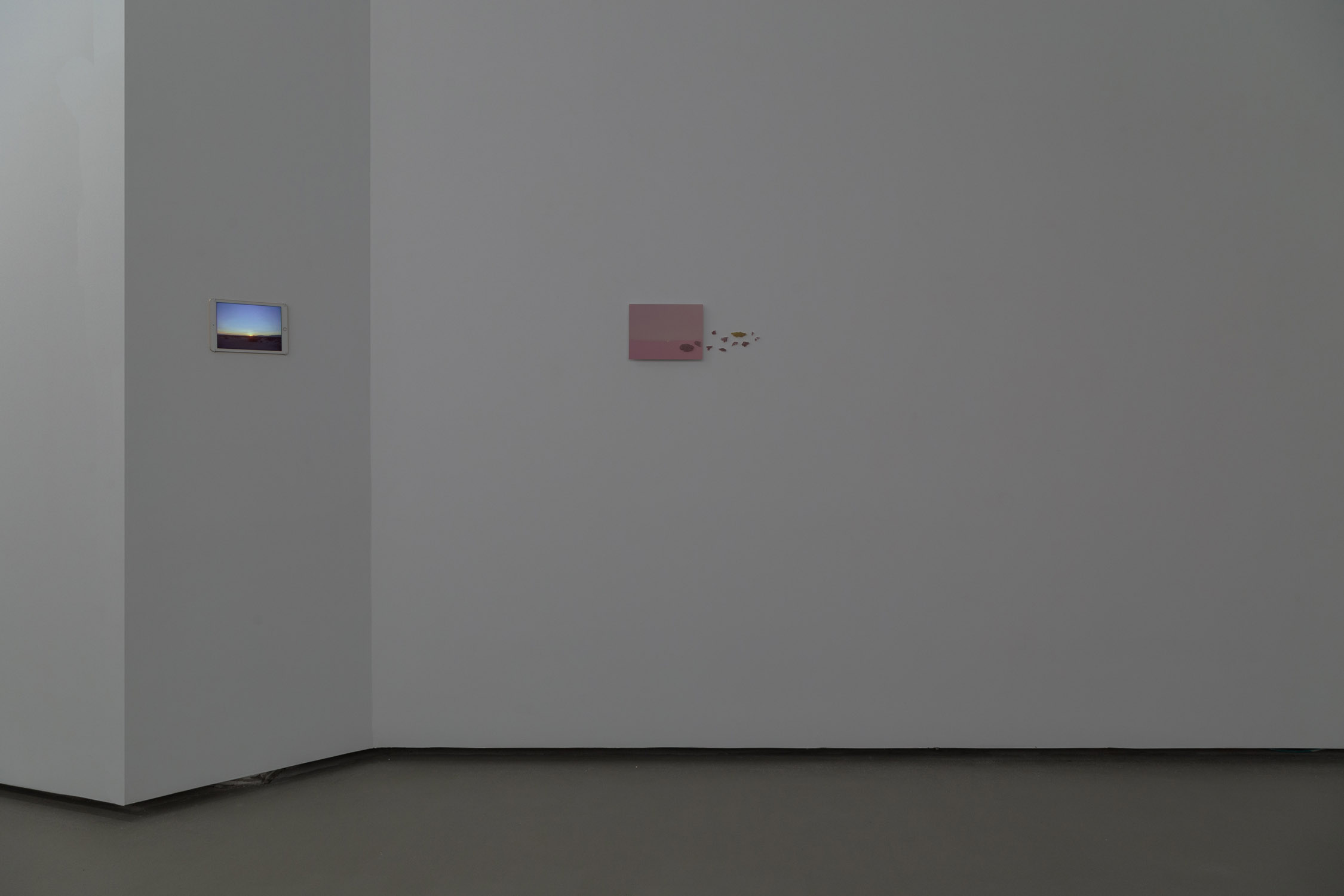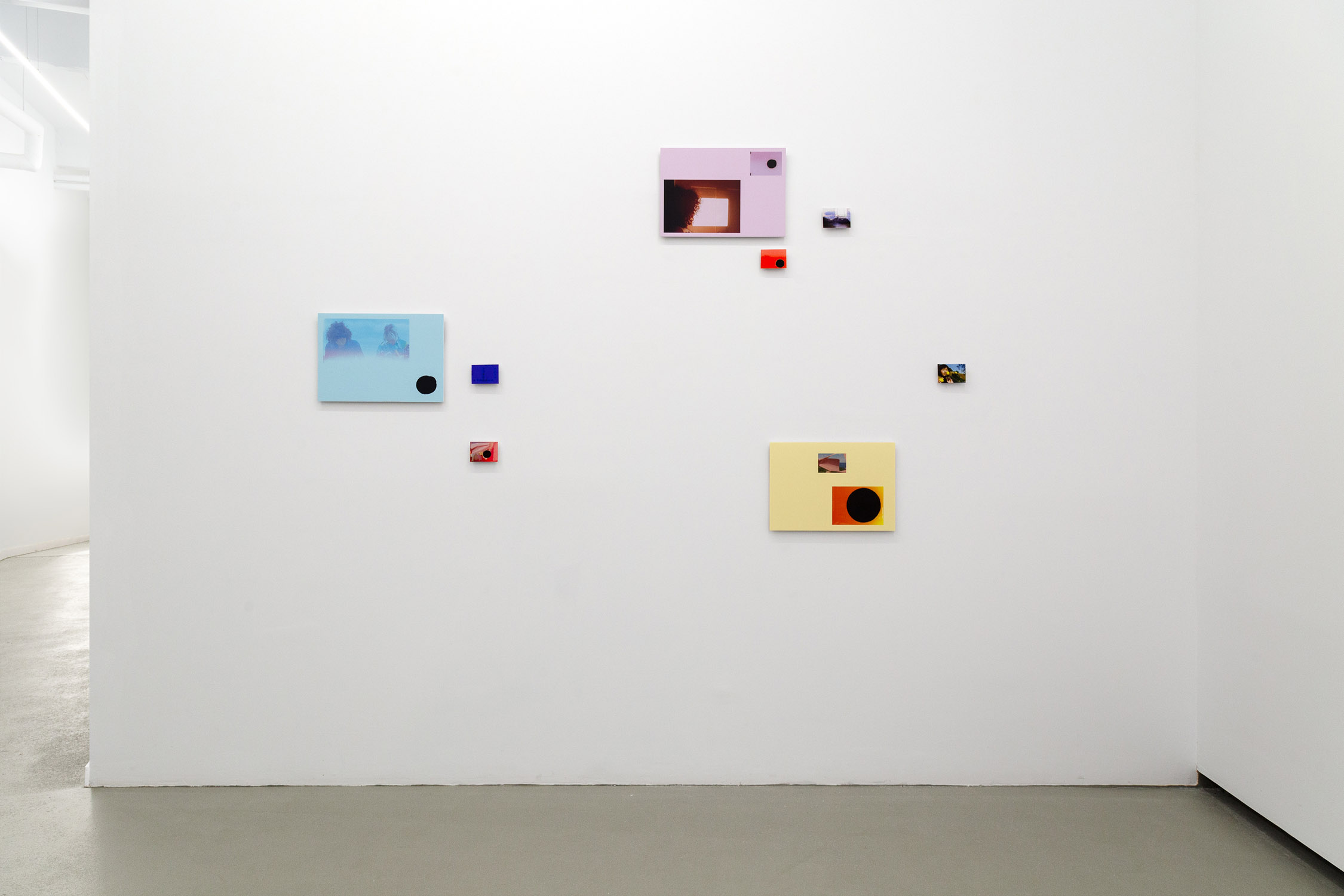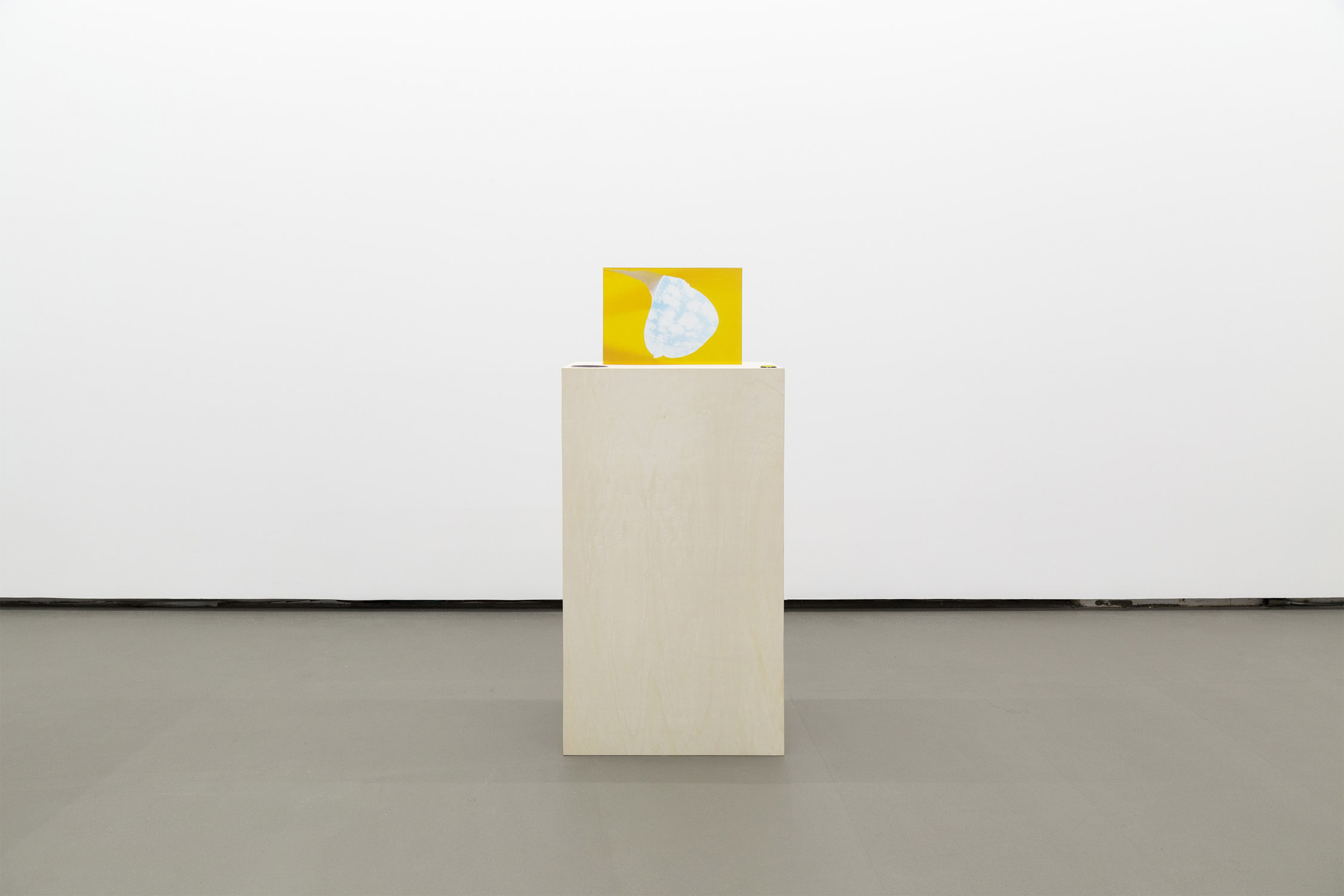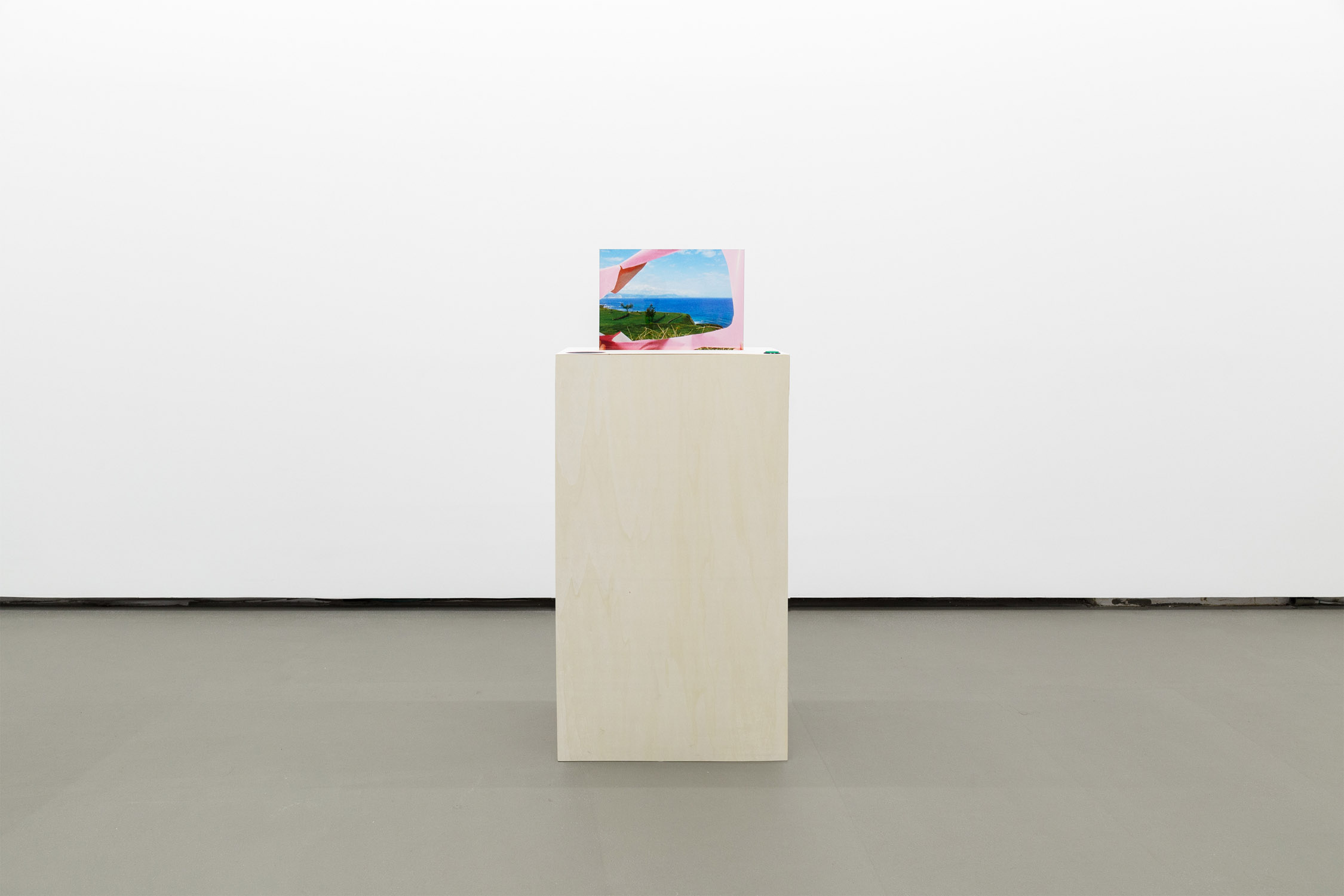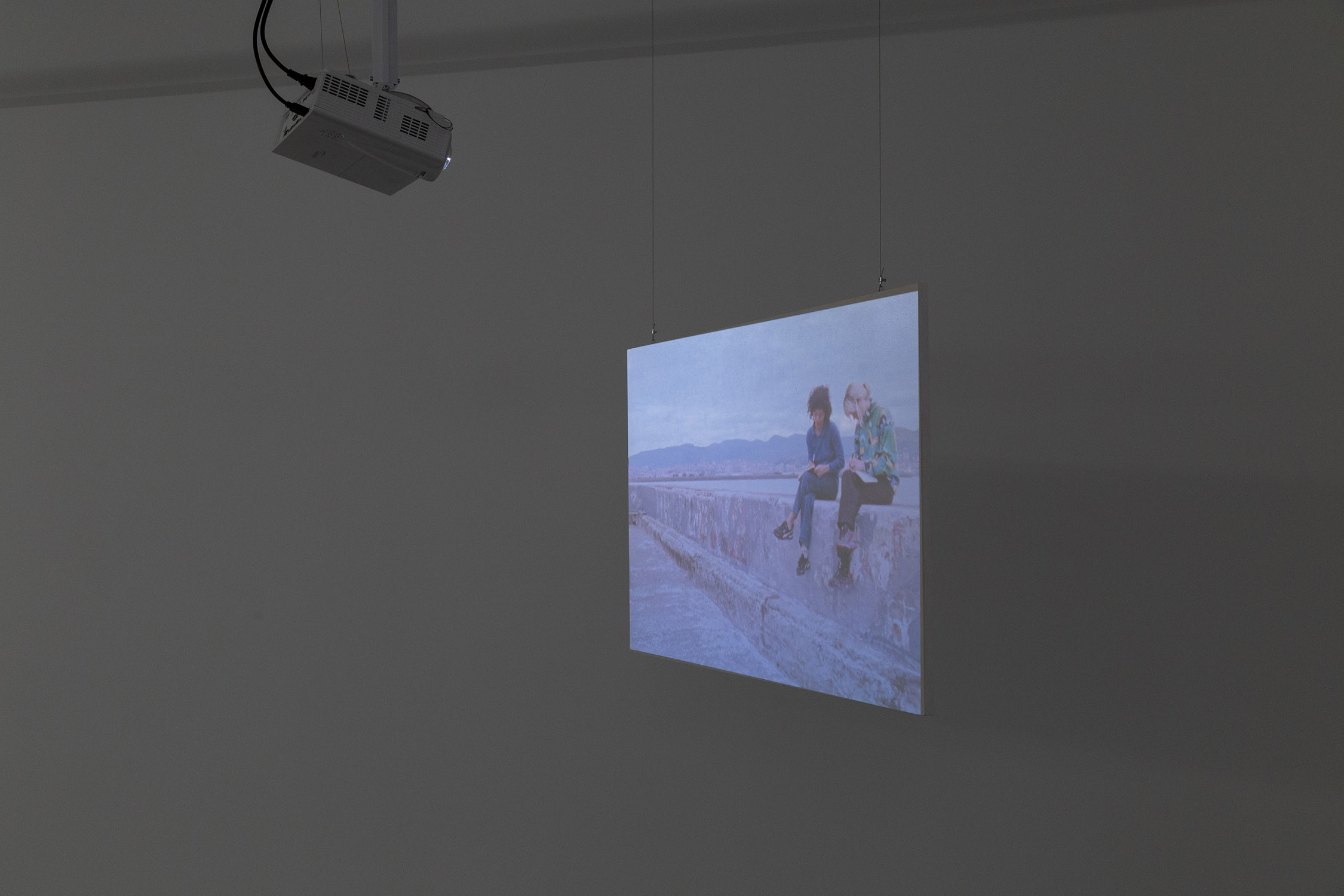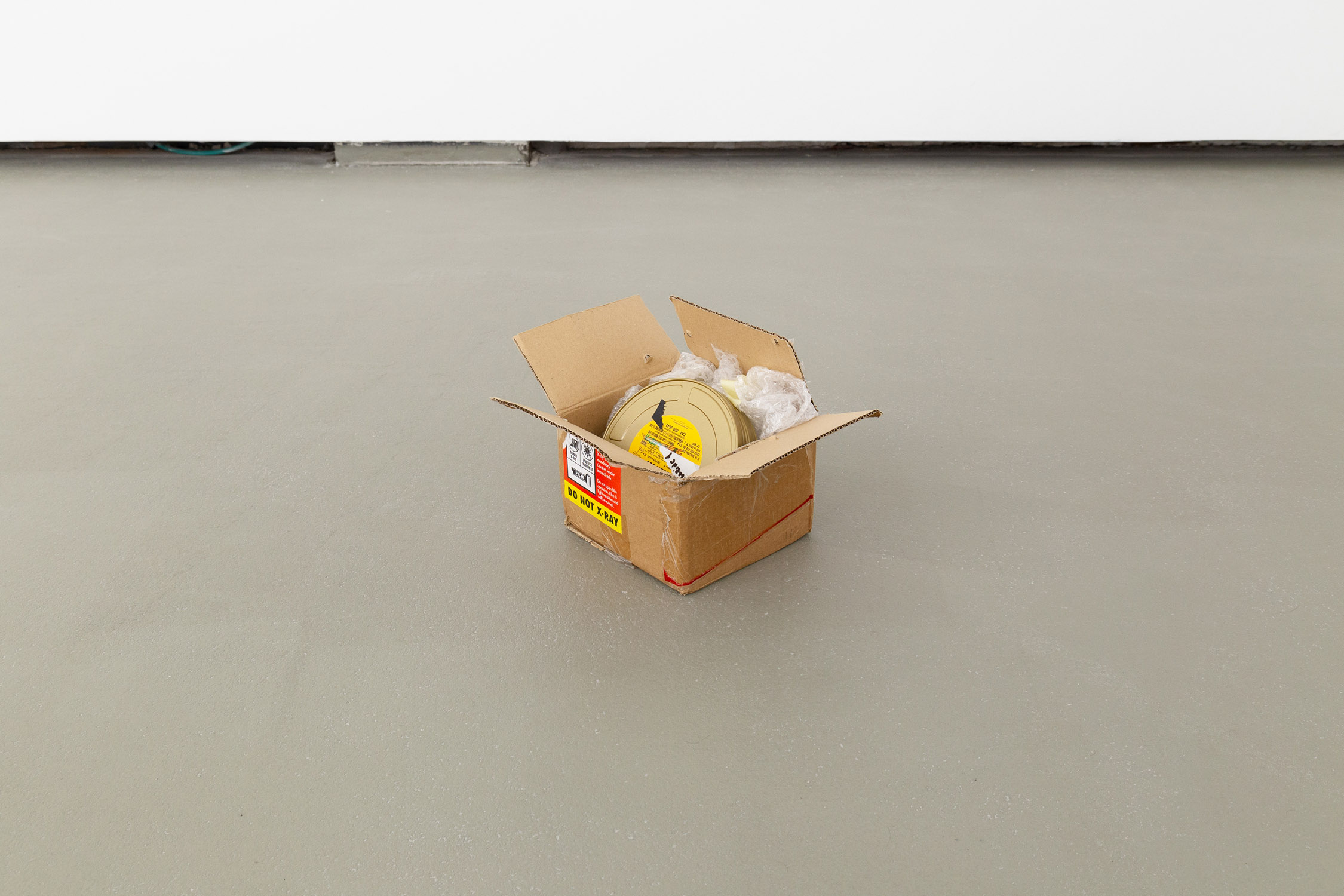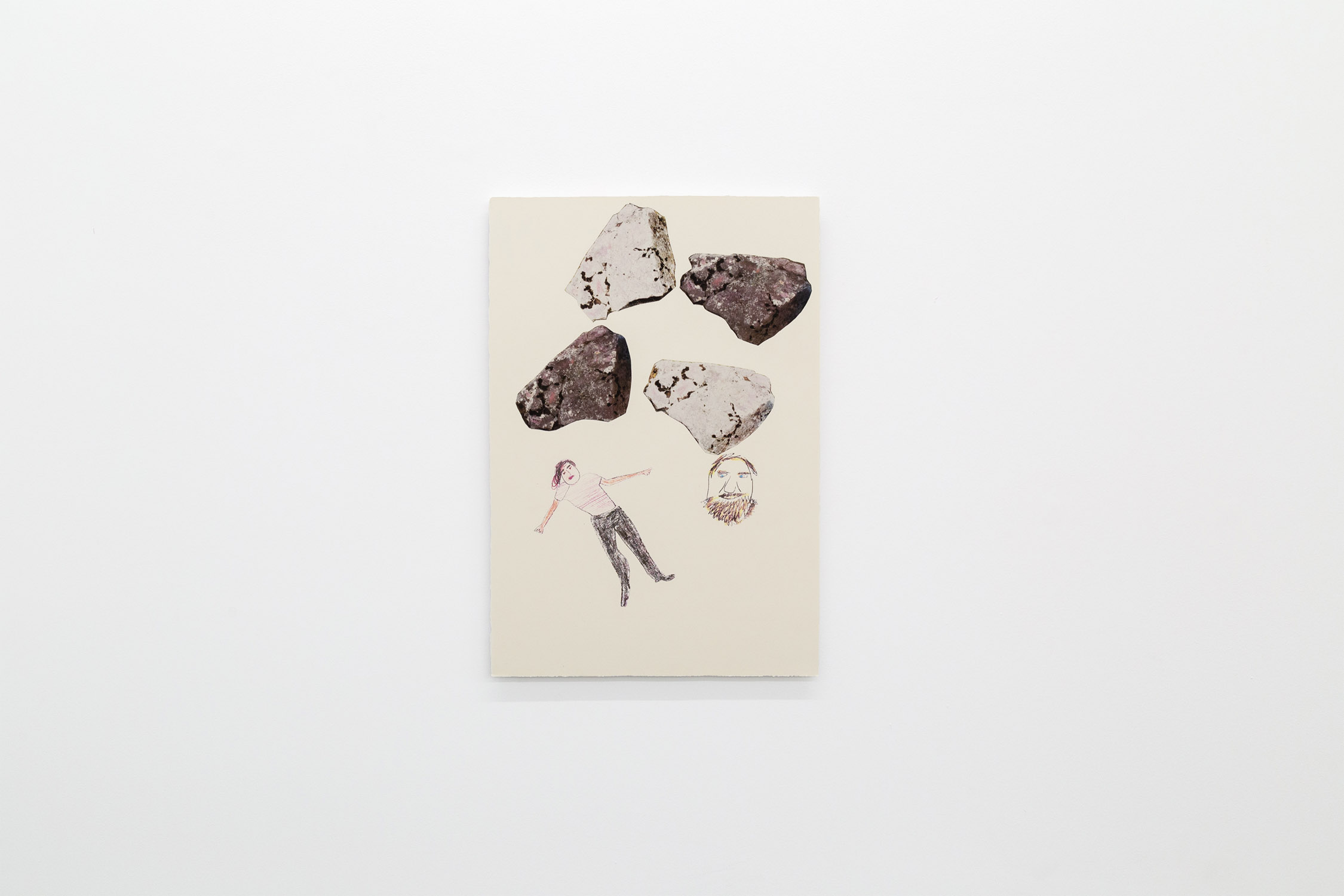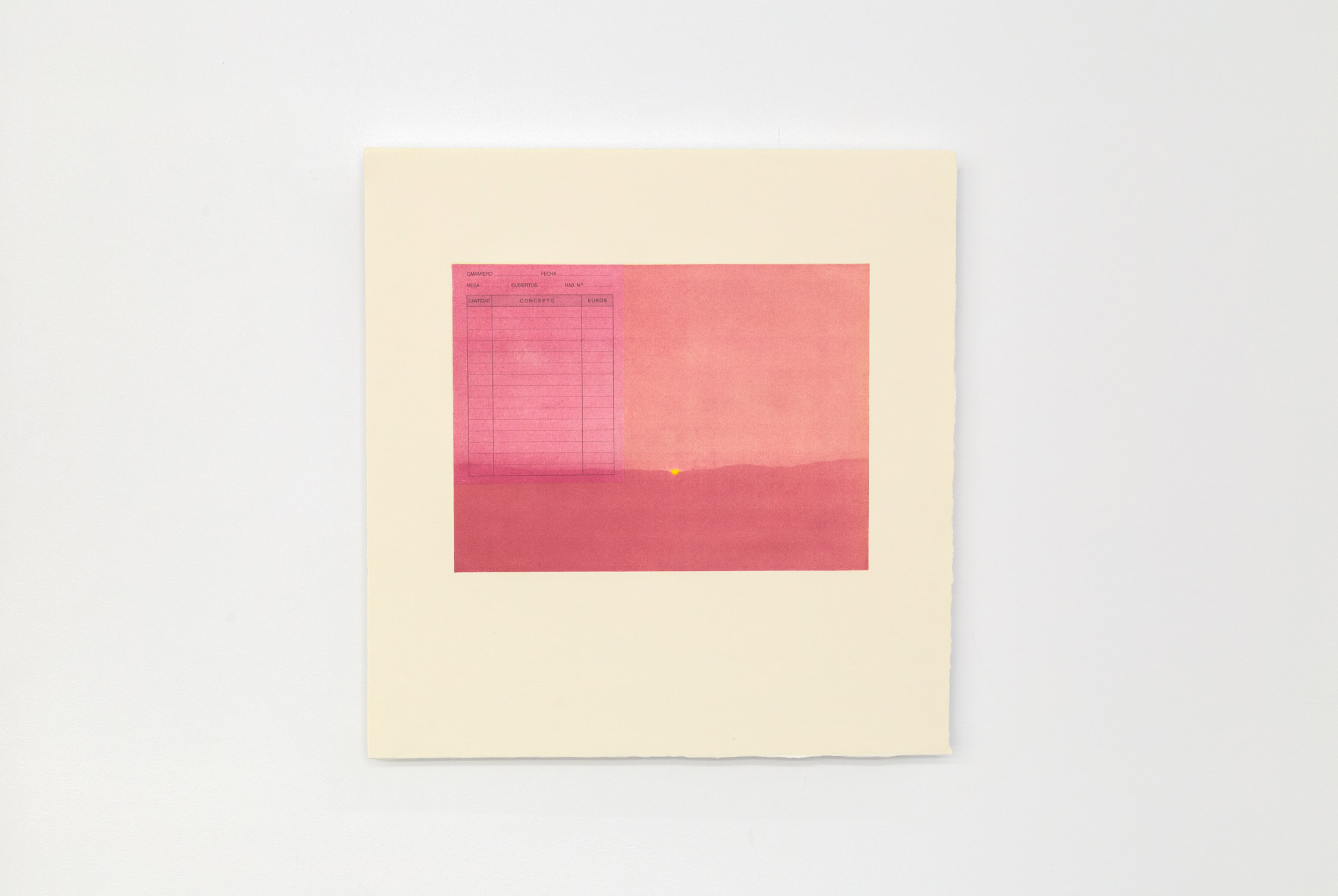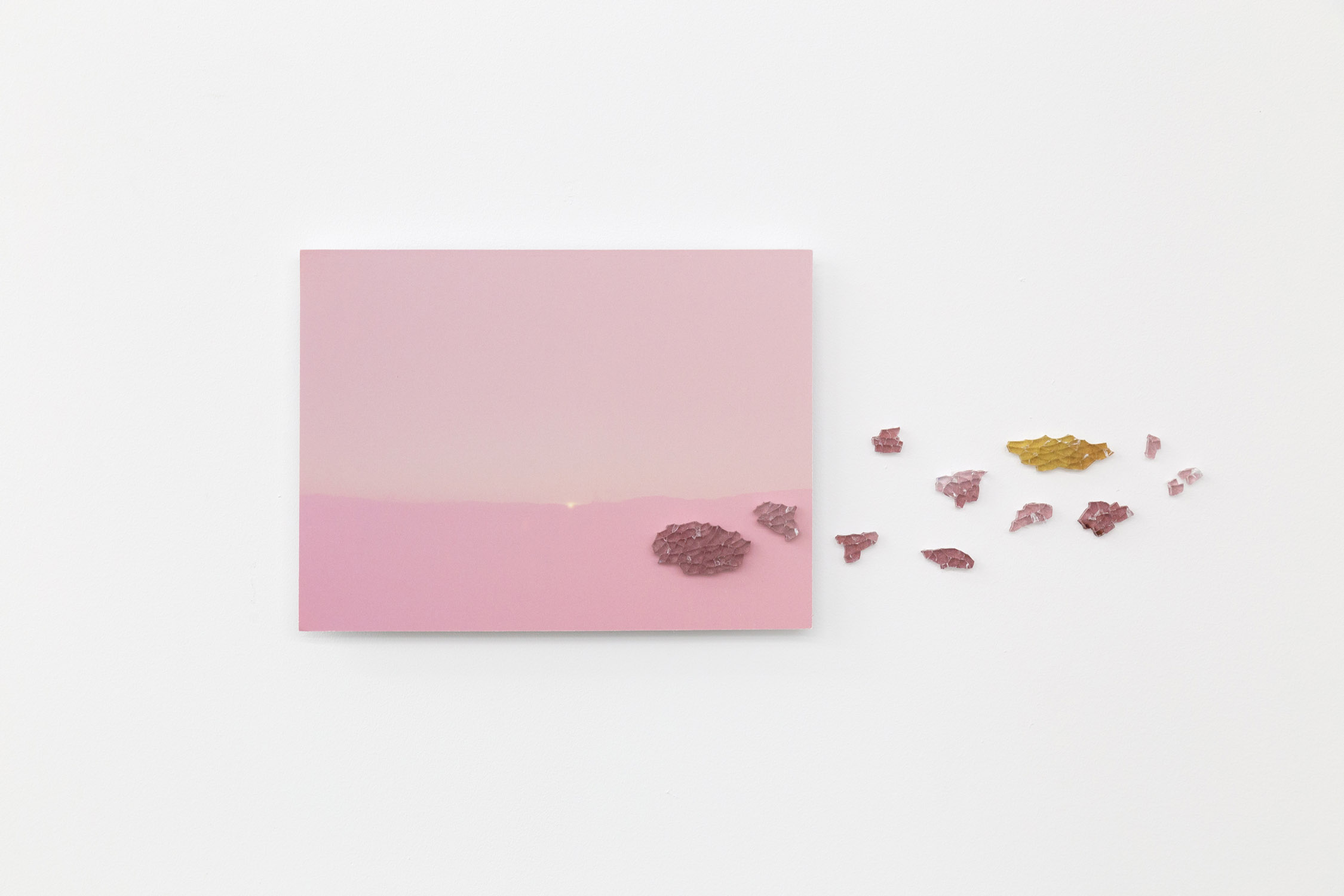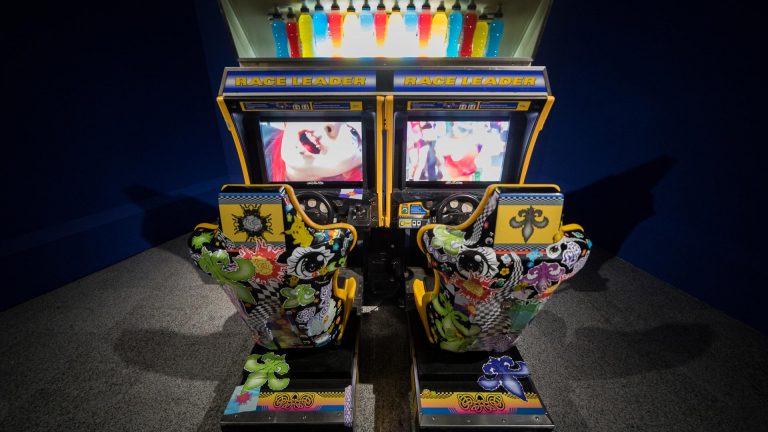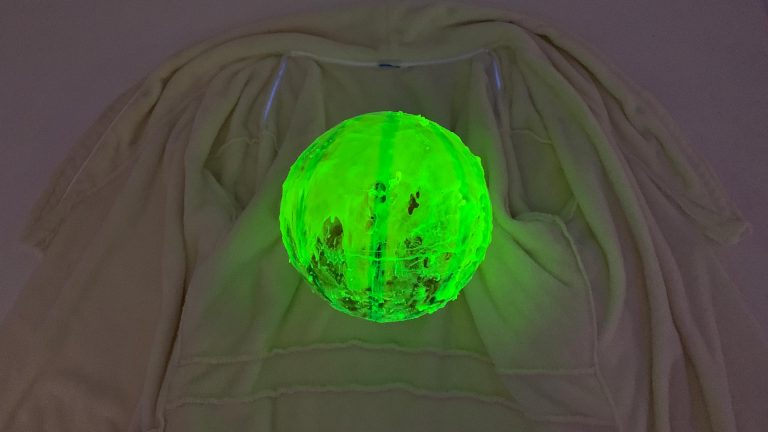Artist: Laida Lertxundi
Exhibition title: Colour, like a hormone
Venue: CIBRIÁN, San Sebastian, Spain
Date: February 23 – April 27, 2024
Photography: all images copyright and courtesy of the artist and CIBRIÁN, San Sebastian
Cibrián is thrilled to present Colour, like a hormone, a solo exhibition by artist and filmmaker Laida Lertxundi (from Bilbao, lives and works in Paris).
In Colour, like a hormone, Lertxundi has deconstructed the 16mm films for which she is known, exploring their constituent parts — light, color, sound, texture — across a variety of media including sculpture, photo- engraving, installation and readymade objects. At the center of the show is Games, a new series of multimedia sculptures consisting of 16mm film stills printed on glass, and accompanying soundtracks activated by the push of a button. The soundtracks are collaged field recordings of landscapes and voices that Lertxundi has gathered over the course of 15 years. By channeling past work and lost temporalities, Games functions as a kind of refracted film, pried from the dark space of the cinema and granted a frank new physicality activated by the viewer’s touch.
Light is at the center of Sunrise Slips, which depicts a series of disjointed sunrises over California’s Joshua Tree desert. Lertxundi shot these scenes on a borrowed camera with a broken winding mechanism. This caused the filmstrip to gradually slow as it passed in front of the lens of the camera, resulting in a series of shots which appear to brighten rapidly before cutting to each successive image. Playfully embracing the subversive and feminist connotations of “defective equipment,” the result is a hallucinatory light event, a perpetual sunrise that flashes and recedes rapidly like fireworks. Yet Lertxundi remains, as ever, invested in placing pressure on the illusory and escapist potential of cinema. There is a tension between the work’s inconspicuous scale and presentation, and its ecstatic intensity.
Peliculas, a third film work, exemplifies Lertxundi’s collaborative, deconstructivist approach to filmmaking, as well as her ongoing interest in landscape as both an artistic tradition and inhabited environment. In the film, we see two characters gazing at an odd, half-constructed horizon somewhere in the Basque Country. Later, they pack a series of objects, including some film canisters, into a box, wander in front of a projected film image, and jot down their private thoughts (ambidextrously). Forgoing text or discernable narrative, Lertxundi lays bare the cinematic device to form new paths of connection for the viewer, proposing a subtle, absorbing awareness of the film image beyond the constructed logic of linear storytelling. Props from the film are left in plain sight within the exhibition space, as if having made their way through the screen and into our physical realm.
The show’s title is taken from the final lines of poet Lisa Robertson’s “How to Colour”[1]:
Colour, like a hormone, acts across, embarrasses,
seduces. It stimulates the juicy interval in which
emotion and sentiment twist. We groom in that
pharmakon. This is architecture, an applied art.
While typically the work of editing a film involves arranging disparate scenes across time, Colour, like a hormone proposes a kind of montage across physical space, permeating, like Roberton’s hormone, the walls of the gallery and the human bodies within it.
[1] Lisa Robertson, “How to Colour”, Occassional Work and Seven Walks from the Office for Soft Architecture (2003)

